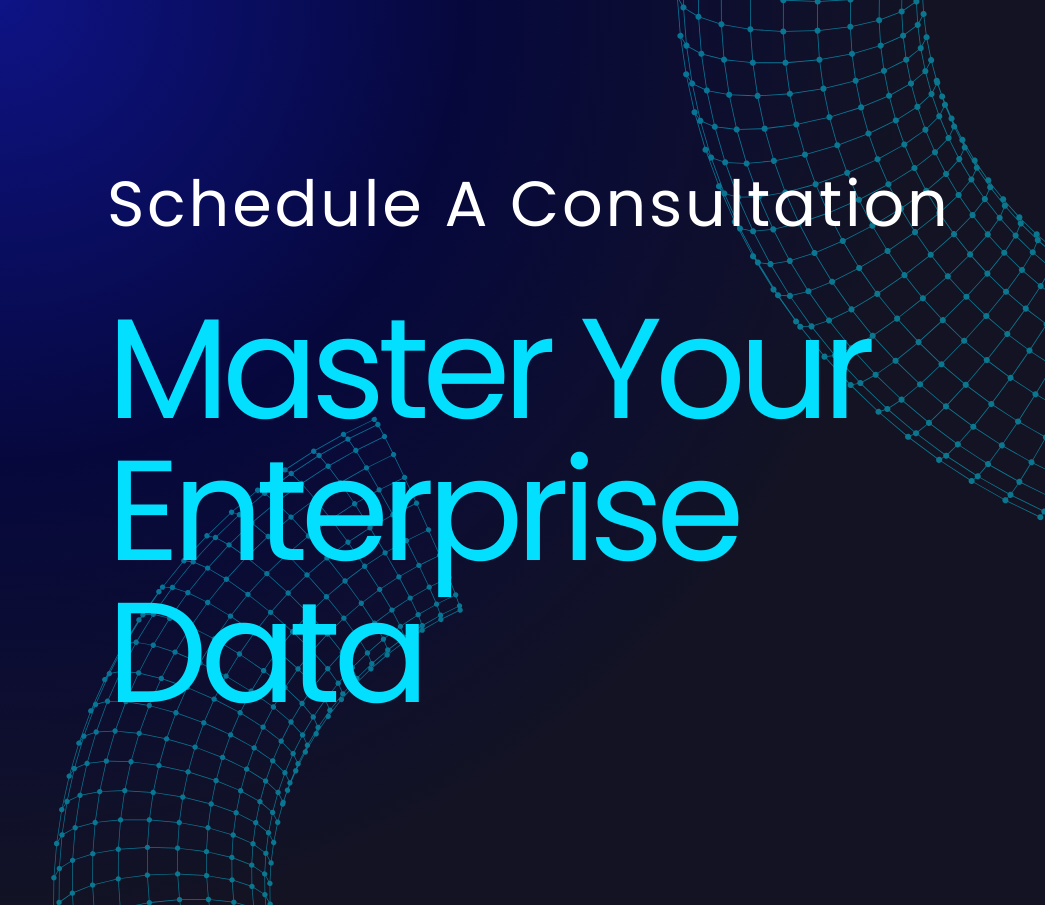The landscape of enterprise security is undergoing a seismic shift. For years, organizations have fortified their perimeters, built higher walls, and dug deeper moats. But what if we’ve been asking the wrong questions all along? The future of security isn’t about keeping threats out; it’s about knowing exactly who’s already in.
- The Shifting Paradigm of Identity Management
- The Foundation: Centralized Identity Repository
- The Gatekeeper: Adaptive Authentication
- The Traffic Controller: Dynamic Access Control
- The Watchful Eye: Continuous Monitoring and Analytics
- The Compliance Compass: Governance and Reporting
- The Road Ahead: Challenges and Opportunities
Enter the Global IAM Framework – not just another tool in the security arsenal, but a complete reimagining of what it means to secure an enterprise in a world where the boundaries between internal and external have all but disappeared. This isn’t just a buzzword-laden prophecy; it’s a fundamental shift backed by hard data and real-world implementations.
According to a recent study by Gartner, by 2025, 70% of new access management, governance, administration, and privileged access deployments will be converged identity and access management (IAM) platforms. This isn’t just a trend; it’s a seismic shift in how we approach enterprise security.
The key point is: most organizations are still treating identity and access management like an afterthought, a checkbox to tick off in their compliance reports. They’re building sophisticated security architectures on foundations of sand, and they don’t even realize it. This article will explore the five essential components of a robust Global IAM Framework, and more importantly, why you should care about implementing them now.
Overview
- Global IAM Framework revolutionizes enterprise security by focusing on identity management rather than perimeter defense.
- A centralized identity repository serves as the foundation, providing a single source of truth for all identity-related information across the global enterprise.
- Adaptive authentication acts as a sophisticated gatekeeper, using context-aware methods to verify user identities and balance security with user experience.
- Dynamic access control moves beyond static role-based models, providing fluid, context-aware access management throughout the organization.
- Continuous monitoring and analytics serve as the watchful eye, detecting, responding to, and predicting security anomalies in real-time.
- Governance and reporting act as a compliance compass, enabling agility and innovation while maintaining control and visibility.


















